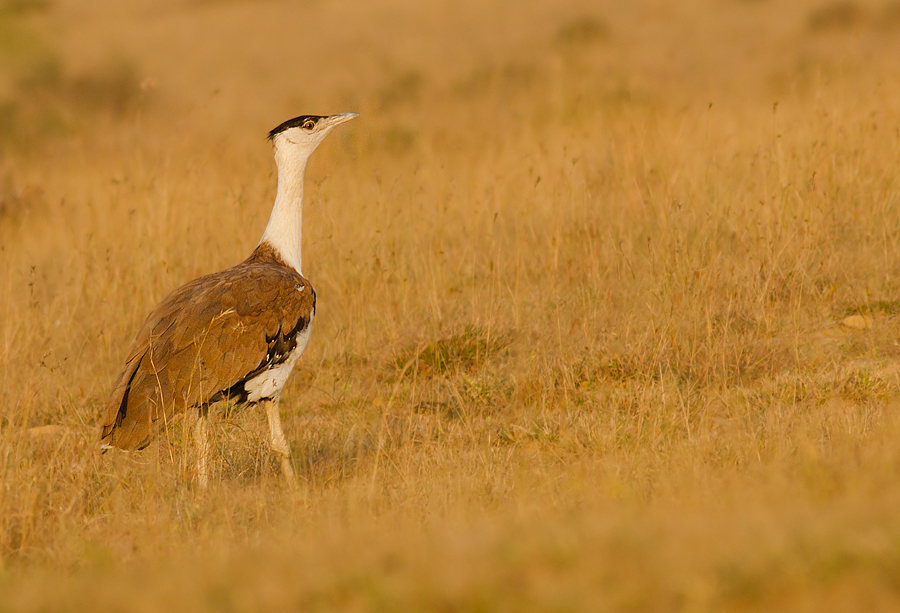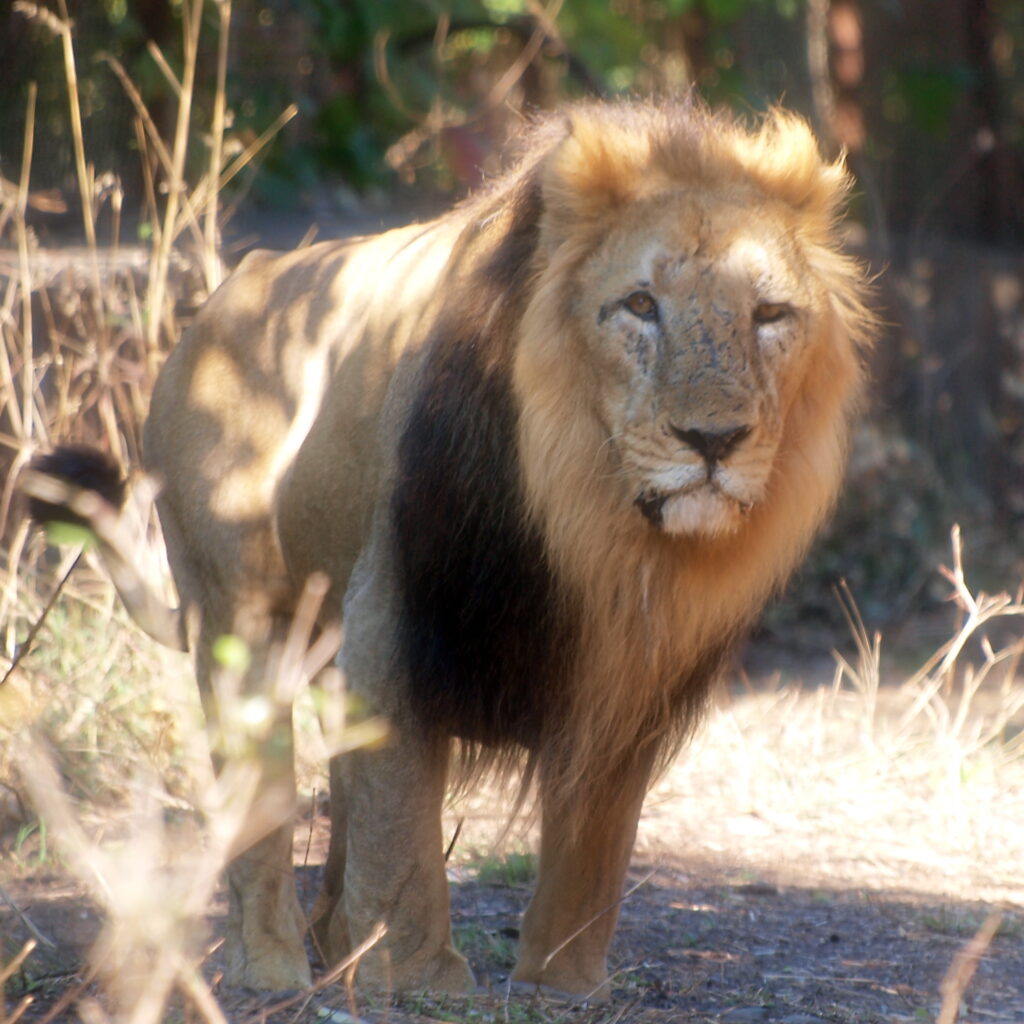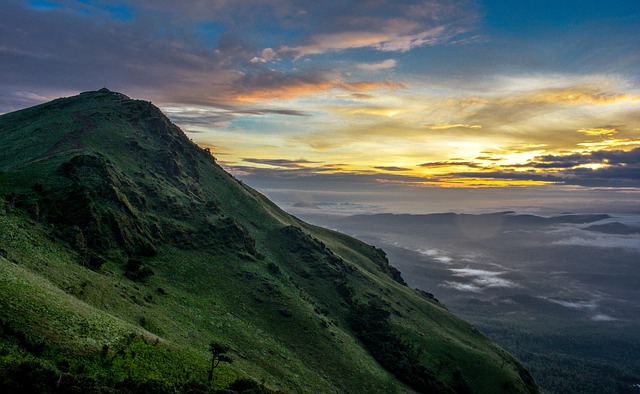The Western Ghats encapsulate a freshwater ecosystem that is self-sustaining and self-sufficient. It is an incredible biodiversity hotspot. This freshwater region supports 400 million people with water for drinking, transport, irrigation and hydroelectric power, together with food and resources to sustain livelihoods.
It is also the life-giver for 1,146 species of fishes, molluscs, odonates and aquatic plants. In the tussle between economic progress and ecological sustenance, the conservation of this unique region is being overlooked. Now, much to the despair of biologists, the International Union for Conservation of Nature (IUCN) reports that almost all freshwater species found in these parts are showing tendencies of extinction.
The IUCN Global Species Programme’s Freshwater Biodiversity Unit, in collaboration with the Zoo Outreach Organisation (ZOO), conducted the Western Ghats Freshwater Biodiversity Assessment to review the global conservation status and distributions of 1,146 freshwater species.
Diversity nearing its end
The experts found that over 16 per cent of the fishes and other species found in the Western Ghats face the threat of extinction. Almost two per cent are near-threatened. The main reason for the plunge in the population of river fish and other species is unquestionably the rising human demand for sea food.
Over-harvesting is causing fewer fish to remain in the water giving them no time to grow, mature and breed. Pollution and presence of other invasive species is only making survival a more arduous task for the endemic species. In fact, it is domestic and agricultural pollution that is harming this environment more.
From the Deccan Mahseer (Tor khudree), a much sought-after edible fish, to Miss Kerala (Puntius denisonii), another edible variety of fish, they all meet with untimely death in a fishing net. No wonder, the population of all edible fishes has reduced drastically in the last few years.
“Water pollution from agricultural and urban sources, over-harvesting and invasive species are the major threats that have led to 16 per cent of freshwater species becoming extinct,” said Sanjay Molur, executive director, Zoo Outreach Organisation, in the report. To make matters worse, a growing percentage of fishes are also being captured for the aquarium trade. Even molluscs have not been spared and are being captured to be served as restaurant delicacies putting 18 per cent of these species on the fast track to extinction.
News is equally disquieting for the aquatic plants of the region. The unique flora is constantly harvested to be used for medicinal purposes. Many plants species present here are so exclusive do not grow in any other part of the world thereby becoming an even pricier medicine. Regardless of the continuous uprooting, there are no signs of regeneration and little efforts made to sustain the depleting supply.
About 28 per cent of aquatic plants with medicinal value have started becoming extinct. Like the cremnochonchus syhadrensis, an endangered freshwater periwinkle, and a pond weed aponogeton satarensis. The IUCN report dampens spirits further by stating that although within the Western Ghats, Kerala, Tamil Nadu and southern Karnataka have the highest freshwater species richness and levels of endemism, these states also contain the highest number of threatened species.
Challenges for communities
Can difficulties for humans be far behind if they have made survival of other species so tough? The fishing community of the entire region is already paying a price for causing such a massive damage to the natural environment. There are fewer fish to catch, diminishing their source of livelihood and seriously jeopardising their future as most have knowledge of no other trade.
Fewer fish in the river may not make much of a difference, but the simultaneous disappearance of hundreds of species can have a tumultuous effect on the entire environment. Previous massive species destruction events have wiped out all living beings of that era and present signs only point to the same direction. As Rajeev Raghavan of Conservation Research Group at St. Albert’s College, Kochi says, “If we continue to degrade our freshwater systems and over-harvest our resources, we will not only lose biodiversity but also many valuable services that nature provides us for free.”
Time to act
Saving the precious freshwater flora and fauna of Western Ghats needs a synergistic approach. The foremost aim of IUCN researchers to conduct the research was to end the dearth of knowledge about such an elaborate ecosystem of the world. Now that the report is out, the onus is on each and every individual who in some way benefits from this biodiversity to help sustain it.
The agriculture sector, fisheries sector, chemical plants, pharmaceutical companies, corporates, mining industries, power plants, tourists, fishermen, fish eaters, herbal medicine practitioners, NGOs, forest departments, other government bodies and even those who simply drink a glass of water sourced from these rivers, all have a duty to perform.
More taxonomic studies, protection of key habitats, prevention of modification of areas which are home to endemic species and conservation of specialised ecosystems such as Myristica swamps are some of the ecological measures. Stricter pollution laws, enforcement of standards to curb the entry of foreign species, and restricting tourism of critical habitats along with restricting agrochemical use are other measures that need to be taken side by side. Public involvement is as much a necessity at this juncture as stricter government policies.
Original Publication: Deccan Herald
Date: 18 October, 2011
Link: That Sinking Feeling
Featured Image by Prashanth G from Pixabay



